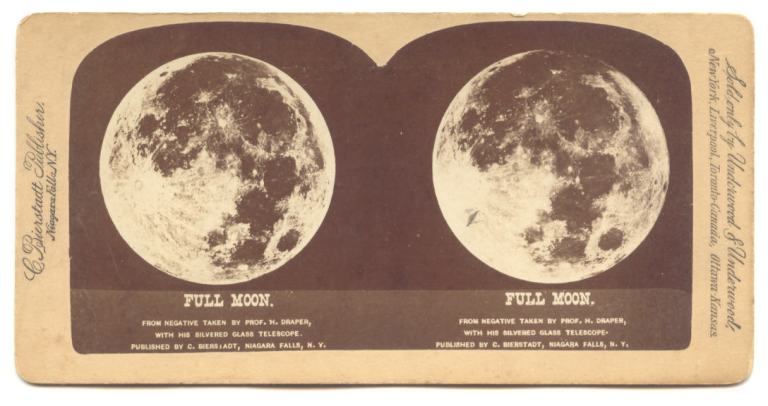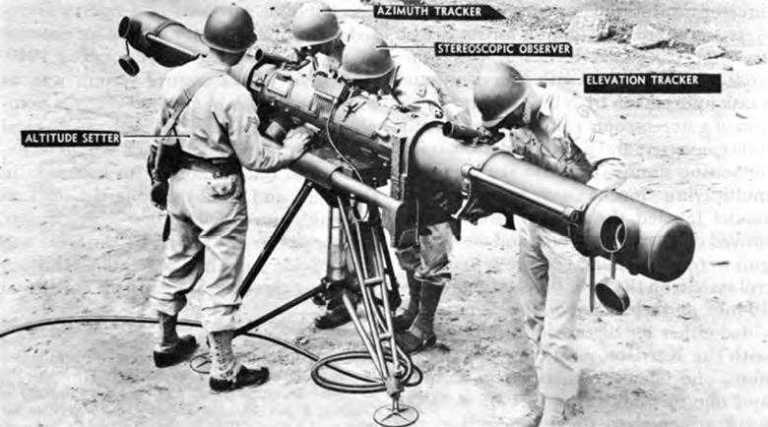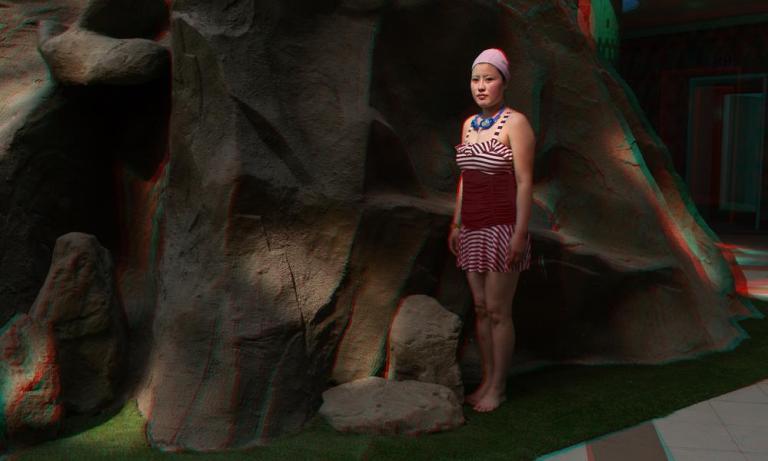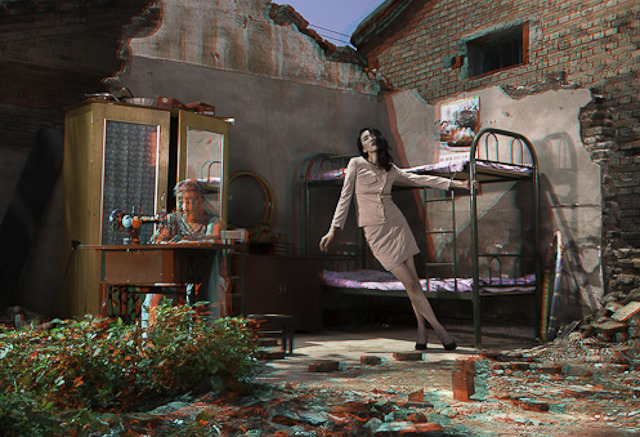 November 20: Three dimensional visions of two alien worlds are the subject this post.
November 20: Three dimensional visions of two alien worlds are the subject this post.
Henry Draper’s death marks this date in 1882. Born March 7, 1837, he was one of the pioneers in the use of astrophotography. Draper made the first photograph of a star’s spectrum showing distinct spectral lines when he photographed Vega in 1872 and took over a hundred more photographs of stellar spectra before his early death, which became the basis of the Henry Draper Catalogue (HD), an astronomical star catalogue published between 1918 and 1924 by his wife and others, giving spectroscopic classifications for 225,300 stars, and expanded in later editions. His father, John W. Draper, also a doctor and keen astronomer, was reputedly the first to make a daguerreotype of the moon through a telescope in 1840, at the least, his plate is certainly the oldest surviving.

One of Henry Draper’s own feats is this image of the moon in 3D made from his private observatory in New York.

We know the stereoscopic effect depends on the fact that the two eyes see a scene from slightly different viewpoints, and that by using a camera with two lenses at the same distance apart as the average adult’s eyes (about 6.5 cm) we can make images that imitate human binocular vision. Then, by using a stereoscope viewer, or viewing them freely by ‘decoupling’ the eyes for parallel lines of sight, we can ‘play back’ the 3D effect. Objects out to about 300 metres can be seen ‘in the round’ in this way, but it is possible to extend this distance by widening the base between the two lenses as binoculars do to a limited degree, or military range finders (below) do more radically. On this basis, to make a stereoscopic picture of the moon, the two pictures would have to be taken with two lenses about 100,000 kilometers apart.

Luckily, Charles Wheatstone (1802-1875), who wrote the first paper on the stereoscopic effect in 1838, suggested that instead, the librations, or apparent rocking back and forth over time of the Moon, might be used…
The principal libration results from the fact that the moon travels in an elliptical orbit around the earth while spinning at a constant rate about its axis. Even though the same face of the moon is always presented to the earth, 59% of its surface becomes visible at the furthest points on the ellipse. Thus, pictures taken at different times will perform the function of images taken 100,000km apart.

Stereo images of the Moon from the period of the 1860s proved popular, and Draper’s are not alone, nor even the first. English astronomer Warren de la Rue produced his from images taken in November 1857 and March 1858. Draper’s direct competitor in the USA was Lewis Morris Rutherfurd (1816-1892), a lawyer who abandoned his legal career to concentrate on astronomy and astrophotography, also produced spectroscopy using a diffraction grating. He made stereo pairs of the Moon in different phases.
If you are able to view either of the pairs above in stereo, you will see that using the libration effect produces a very exaggerated depth effect that turns the Moon into a cantaloupe shaped elliptical object seen, as it were, from one end, rather than as a regular sphere. It appears to threaten to take out an eye, so deep is the image.
We are accustomed to seeing the Moon as a flat disc with only the crowding of detail at its edges to hint at, but not actually render, its sphericity. In this way stereoscopy contributes a revelation about the solidity of our closest natural astronomical neighbour, a large stone cannon-ball floating in near space. Another world is seen with new eyes.
Another world too, is North Korea. It is a nation we view warily as it develops nuclear capability. The oppression of its society has assumed a mythic reputation.
Matjaž Tančič is an established Slovenian fashion photographer, who’s lately been experimenting with shooting in 3D. After working in Europe for many years, Tancic’s currently based in Beijing.
Tančič’s 3D portrait gallery was made in North Korea, the most hermetic country in the world; “Through the Ministry of Tourism, and not of Culture, it took nine months of negotiations to get the permissions, thanks to the founder of a travel agency, installed long in place”, explains the photographer. He was given access to far corners newly opened to tourism, including a ski resort or a factory where workers sing to motivate their peers.
Tančič’s own origins, being born under a communist regime in the former Yugoslavia made it “easier for me to understand this country, which did not seem exotic to me, it was more a trip back to the time of my grandmother, with the same colors and the same hotels.” He was reminded of old communist propaganda images of his country’s past by what he saw, which he regarded as ‘staged’ for him by his guides whom he kept trying to ‘trick’ into letting him meet ordinary North Koreans, though he feels he has managed to uncover more of the mysterious country than other photographer visitors.

His images are presented using the colour anaglyph system familiar from 3D movies of the 1950s like The Creature From the Black Lagoon, and very popular already in North Korea.
First demonstrated in 1853, anaglyph imaging used blue and red lines on a black field with red and blue glasses to perceive the effect, but it worked for line drawings only until in 1858 Joseph D’Almeida began projecting three-dimensional magic lantern slide shows using red and green filters with the audience wearing red and green goggles. It was Louis Ducos du Hauron who produced the first printed anaglyphs in 1891. Until recently anaglyphs presented only monochrome images; digital camera and processing advances produce very acceptable color images, though not as vivid in hue as traditional parallel stereoscopy systems because saturated colours, particularly red, ‘shimmer’ when viewed through the complementary anaglyph colours (usually red and cyan).

Matjaž Tančič learned the technique of taking and processing anaglyph images from fellow countryman Peter Gedei, an experienced cave photographer. For Tančič, who uses two Nikons mounted together on a tripod and fired simultaneously, the technique is slow, but that allowed him more time with his subjects, especially when working through a translator to explain what he wanted. That can be sensed in the images in which those posing appear very conscious of the seriousness of the record being made. He said it was “one way to approach the individuals, beyond representations controlled the government.”

Matjaž Tančič, professionally a fashion photographer (for which he has also been using stereoscopy), brings to his portraits the same understanding of display which is well suited to representing the people of the totalitarian state, but at the same time undercuts it with the irony that we understand is the spirit of the fashion photograph. His dissertation for his degree in fashion photography at the London School of Fashion was The role of cultural capital in perceiving pornified contemporary fashion photography which examines the extent of nudity in ‘high culture’ fashion magazines and highlights the way pornography and fashion share irony in display.

Thus Tančič’s uses 3D and its inherent exaggeration with a fashion photographer’s canny eye and thus makes more concrete his North Korean subjects as human beings not aliens from another planet; it also lays bare the political structures and strictures around them.
3DPRK: Portraits From North Korea By Matjaž Tančič & Koryo Studio Solo Exhibition opened yesterday and continues to January 27, 2017 at Pékin Fine Arts 48 Wong Chuk Hang Road 16 /F Hong Kong




Interesting post, James
LikeLike